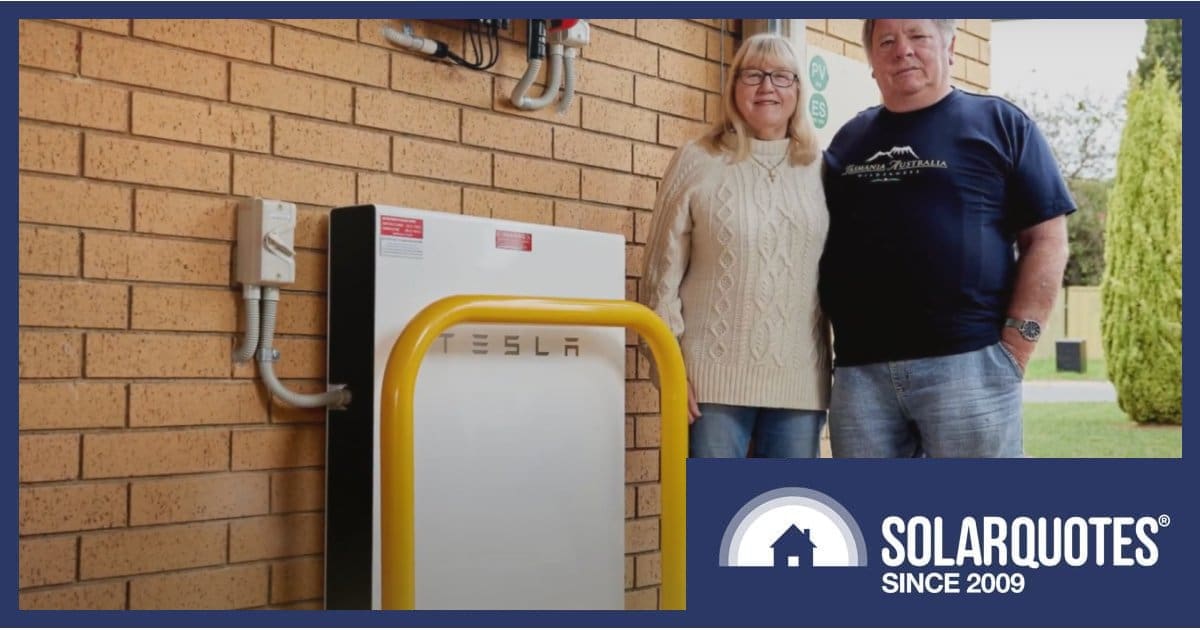
A VPP project installing Tesla Powerwall batteries at SA Housing Trust and community housing provider homes picked up an award early this month.
At the 2024 Urban Development Institute of Australia (UDIA) SA Awards for Excellence, South Australia’s Virtual Power Plant project took out the Social and Community Infrastructure category.
UDIA-SA says the project has created a self-sustaining enterprise that effectively integrates community benefit with commercial success, and commended the Housing Trust for running with a clever idea and tackling complicated technical and regulatory challenges.
A virtual power plant consists of a network of distributed energy resources, such as solar panels and batteries, coordinated by a VPP operator. Generally, VPP schemes generate revenue by discharging energy stored in batteries into the grid during periods of peak demand when wholesale electricity prices are high, and charging them when prices are negative. They may also perform grid services such as stabilizing grid frequency.
In return, participants may receive benefits such as subsidised (or in this case, free) batteries, cheaper electricity rates, free electricity or credits, or higher feed-in tariffs – or a combination. There are pros and cons of participating in a VPP – you can learn more about Virtual Power Plants here.
Reducing Power Bills For Battlers – And More
Originally launched in 2018, the SA Virtual Power Plant isn’t just reducing electricity costs for participating households, but also supporting the grid by providing frequency stabilisation services – which benefits the wider power system.
Participants either have a Tesla Powerwall and solar panels installed at no cost, just the battery, or no solar hardware – but all are provided the lowest generally available electricity rate in South Australia, guaranteed to be 25% lower than the regulated Default Market Offer.
The project, being delivered through a collaboration between electricity retailer Energy Locals, Tesla, the South Australian Government and various community housing providers (CHPs), has benefited tenants of more than 5,500 Housing SA homes – and more are being added.
Commenting on the award, the South Australian Department of Energy and Mining (DEM) stated:
“The collaboration between SA Housing Trust, DEM & @teslaenergy shows the powerful impact when industry and government work together.”
According to the Department, a typical customer joining the program is expected to save up to $562 off their annual electricity bill, without changing their energy usage habits. And while the batteries are discharged into the grid under normal operations, some is left reserve in case of a blackout.
The South Australian Government, the Australian Renewable Energy Agency (ARENA) and the Clean Energy Finance Corporation (CEFC) provided various grants and loans for earlier phases of the project, but the current expansion is funded solely by Tesla.
Other VPP Programs In Australia
While the South Australian Virtual Power Plant scheme is only accepting invited Housing SA and CHP client households, Tesla/Energy Locals offer another VPP to residents of South Australia and several other states called the Tesla Energy Plan. It offers a $1,000 subsidy on a Powerwall (or $100 credit for existing owners), plus $220 “grid credits” annually.
To find out more about this and what’s on offer in other Virtual Power Plant programs currently available across Australia, check out SolarQuotes’ VPP comparison table.

 RSS - Posts
RSS - Posts



Solarquotes has a really good tool which calculates expected payback time for solar panels and batteries.
Battery payback period is usually slightly shorter than warranty period. Unless the battery was a freebee you would have to explain to me again why I would I want somebody else draining my battery.
Some skepticism is warranted when recycling publicity material as news especially when it carries a headline about “virtual power plants”.
“In return, participants may receive benefits such as subsidised (or in this case, free) batteries, cheaper electricity rates, free electricity or credits, or higher feed-in tariffs – or a combination. ”
So it would depend on the payment. Personally I don’t want to touch VPP as the payment is tiny in NSW.